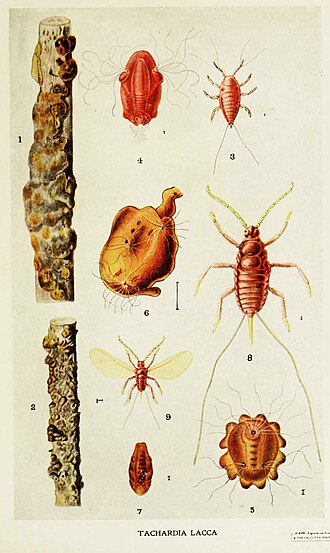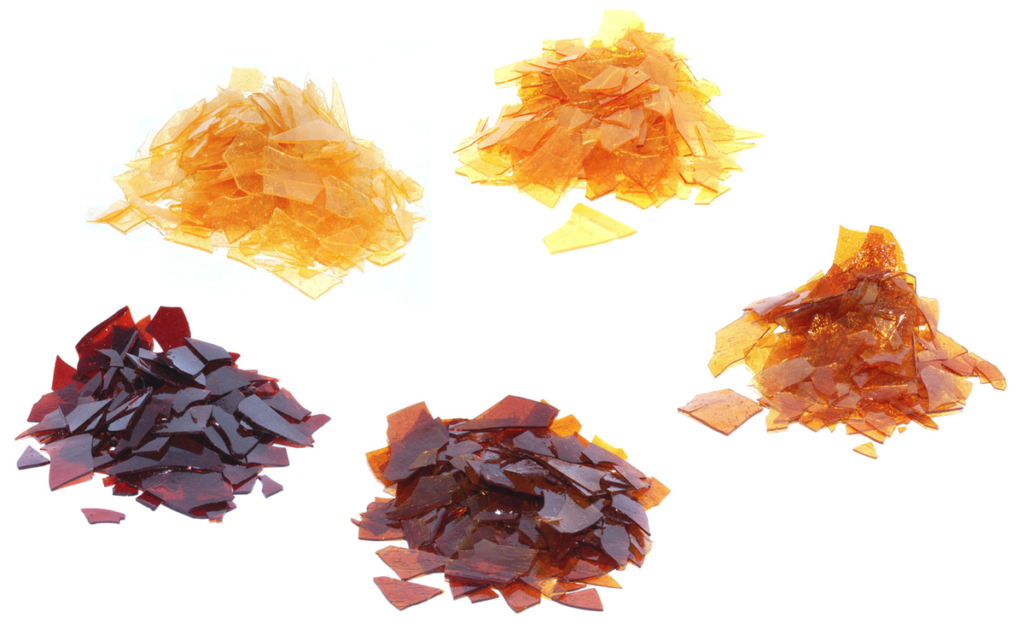The dual theme of my A to Z Challenge this year is the world of Commodities and Poetry Forms so the juxtaposition of these two themes may throw up some strange poems – could be a Heroic Ode to Heating Oil or will it merit a Haiku or a Haibun – whichever, I will be endeavouring to bring you interesting facts about commodities that may change the way you think about the stuff we variously depend on…
By commodity I mean certain items that are of both sufficient value/volume to be traded in special markets and are generally volatile enough to attract traders in “Futures” which are a way of hedging bets in the trading world of stocks, shares and commodities.
The A to Z Challenge runs throughout April and will consist of 26 posts – there are only a couple of letters for which I couldn’t find commodities but plenty of poetry forms to carry the day!
Worldwide trade in Shellac – 2022 – $167.84 million
Of all the commodities that I have or will be dealing with this month, Lacquer or Shellac, is the one that I expect most people to know little about despite it being a material of great ubiquity and one that most people will have come into contact with in one of its uses or other…
Imagine you are the guest in a posh house and that the lady of the house has just handed you a glass of whisky and you turn to place it on a magnificent antique dining table standing next to you – before you can say “knock me sideways with a feather” – the good lady darts forward and pausing your placement of the glass with a tight grip on your arm, she deftly slides a coaster beneath your glass before allowing its descent to complete. “It’s the French Polish, you know!” she says to you. She was afraid that an odd dribble of alcohol might run down the glass and cause a ring to be “melted” into the French Polish necessitating an expensive visit from the French Polisher to repair the damage. On a personal note, I have attempted a little French Polishing in the course of my chequered career and it is hard work (and no, I am not talking about the kind of French Polishing advertised in London phone boxes – that is another story altogether!)
You see French Polish, or Shellac, is a wondrous material – one of whose both benefits and deficits, is that it can only be dissolved in alcohol, ethanol or methanol will do it and alcohol is pretty rare in nature, especially distilled to the concentration required to dissolve shellac! This wondrous material may certainly be associated with furniture, both as a polish but also as a stain, yet that is only one of the many jobs we have found for it! “It is currently used in a wide range of applications, such as coating pharmaceutical pills, food, musical instruments, material conservation, painting, and electronics insulation, as well as in the military industry. Lac has insulation properties, adhesiveness, tastelessness, moisture resistance, and a smooth film texture and is non-toxic. Due to these properties, lac is anticipated to be widely used in the future for finishing many industrial products.” You can read more here. So you may have encountered shellac as the shine on an M&M, the coating of a pill, it may be inside a transformer you possess or a motor winding in your hair dryer, you may have drawn with it as the binder in Indian Ink. In the past, it was used to seal letters and more recently, was a vital part in a stage of making phonographic records – a stage known as “the shellac”. And so I say again – this may be one of the greatest products you have not been aware of… This is not merely an ancient substance from which we get the word Lacquer itself, but a substance for which we are constantly finding new uses as shown in the graph of patent applications being filed (below).

Where does this miraculous material come from you may well ask although given its many uses, you may understand why it is important enough to be traded as a commodity and on the futures market. Shellac is the boiled up bodies, eggs, droppings and secretions of the Lac Fly – a group of insects “of the family Kerriidae (Hemiptera), also known as scale insects, which produce a resinous material that forms a hard scale test over their bodies.” The females of the species cling to twigs of very particular trees and suck the sap at one end, whilst at their rear end they extrude a tunnel of chitinous resin that contains and protects their eggs. Whole twigs become entirely covered (stick shellac) and are harvested, scraped, heated and filtered to extract the pure resin which is Shellac. There are several grades and colours of shellac depending on an interaction between the particular species of Lac Fly and the particular tree they were on since there are a number of species of both insects and suitable trees – at least 400 trees species have been identified. Only the least coloured shellac can be further processed and more colour removed to make the food grade and pharmaceutical grades of shellac – nevertheless, if you are of a squeamish disposition, you may want to think about what you are consuming next time you pop certain shiny glazed sweets in your mouth…

“Lac production is limited to south, east, and southeast Asian countries such as China, India, Pakistan, Bangladesh, Indonesia, Vietnam, Laos, and Myanmar” With all the uses being found for shellac in the First World, you can see how important a crop the Lac Fly represents to these Developing countries. And indeed, it is the fact that shellac production depends on a natural, growing insect, that makes it a “Soft” Commodity which is very amenable to those who wish to gamble on Shellac Futures – there are food years and bad years and a shortage of product in one country may be offset by a glut in another…
And so to today’s poem which as L has to be a Limerick. And as much as I looked forward to and enjoyed writing about Lac Flies and their wondrous product, I found the Limerick the most difficult to get right and it took endless tinkering to get the rhythm, the humour, the rhymes and just the right hint of bawdiness – I hope you like it…
Shellac – a Limerick
Sue who thought French Polish “encroyable!”
Knew nothing of the substance fabled
Poo, eggs and secretions of Lac Flies
Speechless, poor Sue nearly died
When told of the shit on her table!
© Andrew Wilson, 2024



I have never even heard of this ‘commodity’. It’s such a odd thing!
Fascinating! I never that shellac had a natural source, but hadn’t investigated too closely. And I didn’t know that the use of it was increasing and diversifying so much. I did associate it with old furniture, as you noted. My husband’s grandfather (born in the 1890s), used to use the term “being given a shellacking” to refer to someone being roundly defeated or soundly beaten. I looked it up and the origin was uncertain–from the 1930s, possibly prison slang referring to being drunk or beaten. Then it occurred to me that “shellacked” or “shellacking” rhymed with being whacked and whacking, and could be a kind of rhyming slang.
I love the glowing colors of the different shades and grades of shellac.
I think you’re right about the rhyming slang – I’ve heard that one. Not as fun as the phone boxes full of cards advertising French Polishing though…
My goodness I learned something today! I like to redo furniture and the finished touch is the shellac! I’ll never be the same!
As long as you don’t faint like the lady in the limerick Debby…
So interesting! I thought it was only used as a sealant, polish and tint — but so many other uses!
Ronel visiting for L: My Languishing TBR: L
Lamia
You’re right. I’ve never heard of Shellac. Thank you for the lesson!
Oh Chrys! – a lesson? that sounds far too serious – I hoped it would be fun what with a Limerick and all…
I certainly didn’t know shellac was used in food and electronics! Intriguing!
https://nydamprintsblackandwhite.blogspot.com/2024/04/magical-botany-l.html
I knew most of the applications but not all Anne…
Limericks–a fun form of poetry.
Thanks Jamie – fun but tricky to get right…